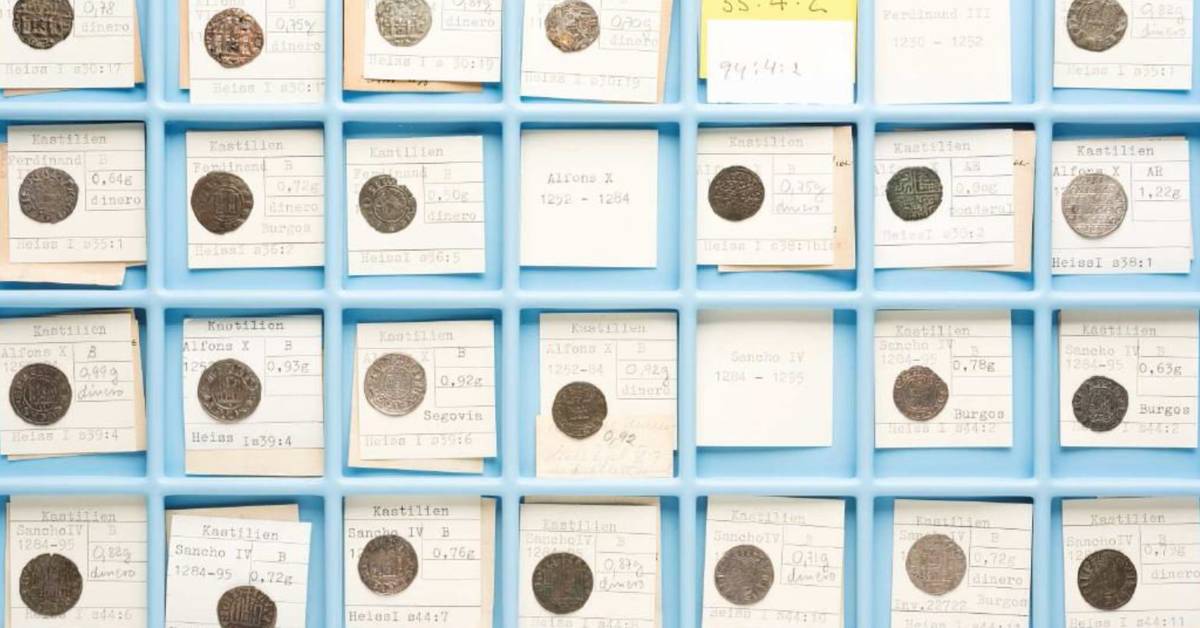A former employee of the Royal Coin Cabinet has previously been charged with selling nearly four million kronor worth of coins from the museum's collections.
The employee denies any wrongdoing, and whether the coins the man sold actually came from the museum is unclear. He has also referred to the expiry of the limitation period for acquiring all the coins before December 2008. That's more than ten years before he was served with the indictment in 2018.
The district court acquitted the man, citing that the statute of limitations has expired — and the court of appeals followed the same line in 2022.
The ruling was appealed to the HD by the state's historical museums, and now the Supreme Court is ruling that the statute of limitations for the owner to seek damages has not expired.
"The Supreme Court concludes that the claim for damages is not time-barred and returns the case to the Court of Appeal for further consideration in relevant parts," a press release said.
Hd justifies the judgment by saying that the limitation period for damages should be counted from the day the item was sold, and not affected by how long the person who sold the stolen item has had it. As the coins were allegedly sold between 2009 and 2013, the statute of limitations has not expired for damages claims when the indictment was filed in December 2018.
Russian rubles and Viking coins
The man has previously been charged with six counts of aggravated larceny. According to the prosecutor, the man, who previously worked at the Royal Coin Cabinet (today the Economic Museum) and then had free access to the vaults and its objects, has at various times sold coins from the museum's collections worth around Rs 3.7 crore.
The man himself says that the coins come from inheritance or that he bought them from other coin collectors.
A rare family ruble from the Russian Tsar family, a Viking-era coin and US dollars from the 1800s are some of the coins missing from the Royal Coin Cabinet. The coins were sold at auction between 2009 and 2013.

